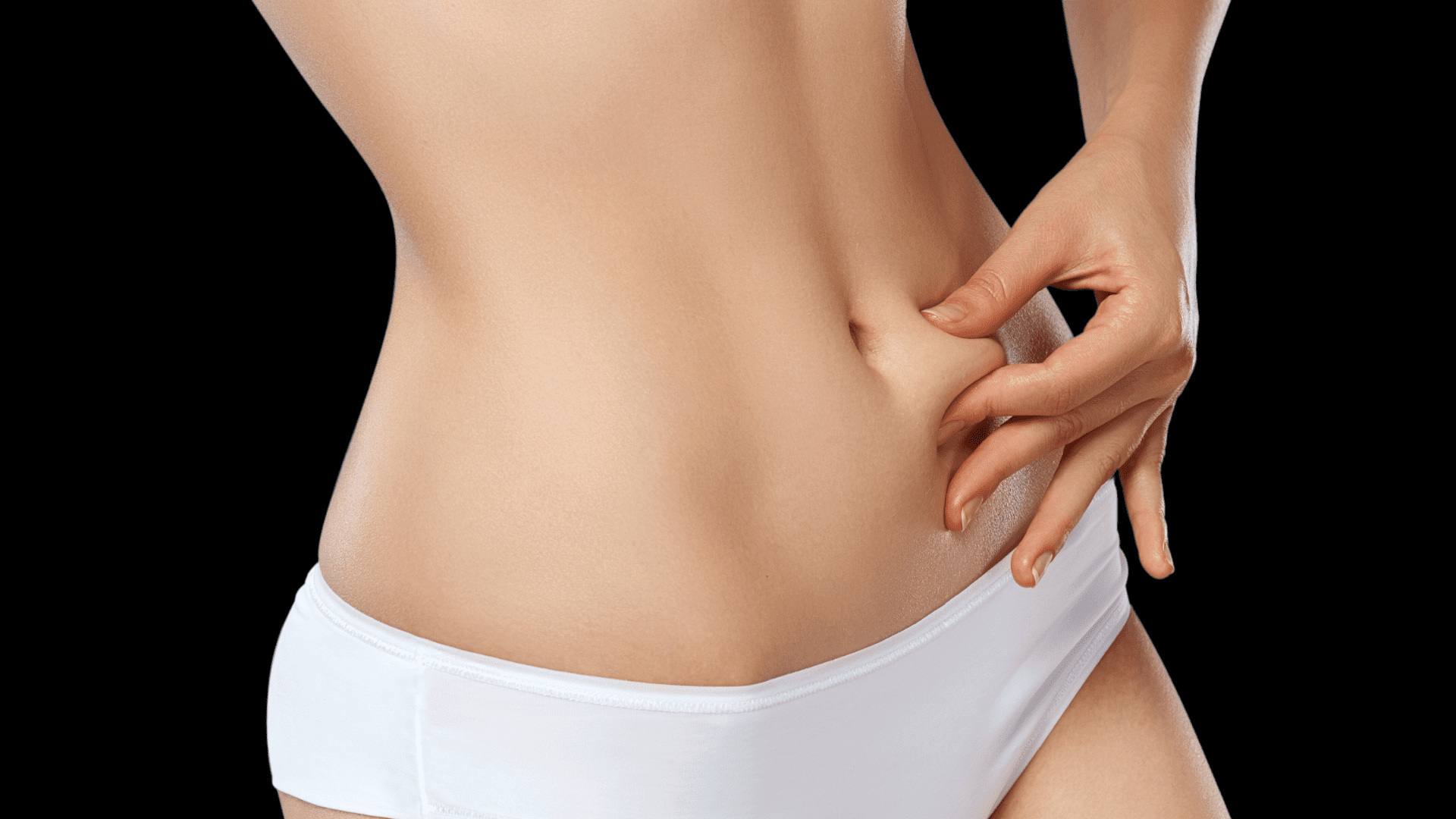20 Mar 2024
Tummy Tuck vs Liposuction: Exploring the Key Differences
News

Are you confused between the choices of tummy tuck vs liposuction?
The decision can be challenging, and understanding the key differences between lipo vs tummy tuck is essential. Both tummy tuck and liposuction are popular cosmetic procedures aimed at enhancing your body’s aesthetics and boosting your self-confidence.
Starting with an understanding and brief about procedures, we’ll delve into the differences between liposuction and a tummy tuck that will help you make an informed decision.
Liposuction
Liposuction, often referred to as “lipo,” is a surgical procedure designed to eliminate excess fat from specific areas of the body. This process entails making small incisions in the targeted areas using a cannula (a thin tube) to suction out unwanted fat cells.
The amount of fat removed can vary based on individual goals and the surgeon’s judgment. Liposuction is an effective means of enhancing body contours and addressing stubborn fat deposits that may not respond to diet and exercise. Common areas of treatment include the thighs, abdomen, hips, arms, and buttocks.
The result of liposuction is often determined by the quality of the underlying skin. If the skin remains elastic, the skin can be considered good quality in order to retract after the liposuction. However if there is a degree of laxity or loose skin, it is one of the limitations of liposuction. Liposuction can actually make the laxity of the skin worse as well as cause distressed skin in subcutaneous fat conditions such as cellulite.
Another critical component of Liposuction is to understand that the only fat that can be targetted is that below the skin. For example, around the abdomen, you can get the fat that collects around the organs leading to a protuberant abdomen. This fat can is not amenable to Liposuction. This visceral fat is amenable to diet and exercise alone.
Tummy Tuck
On the other hand, a tummy tuck or abdominoplasty is a cosmetic procedure aimed at removing excess fat and skin from the abdomen while tightening the underlying muscles. The critical component of the Tummy Tuck procedure is the fact that a patient is often presented with a large degree of loose skin which is not amenable to any other treatments, other than excision in the form of abdominoplasty, either mini abdominoplasty or full abdominoplasty or a combination of procedures.
This is particularly beneficial for individuals with sagging skin and muscle laxity in the abdomen, often resulting from significant weight loss or pregnancy. The procedure involves making an incision along the lower abdomen, just above the pubic area. The skin is lifted, muscles tightened, excess skin and fat removed, and the remaining skin is pulled down and sutured to create a smoother, toned appearance.
The key differences between liposuction and a tummy tuck (abdominoplasty) go beyond just the surgical techniques and encompass various aspects, including the primary purpose, recovery, scarring, and the final results. If you are wondering tummy tuck vs liposuction which is better, then let’s delve deeper into these distinctions:
1. Based on purpose:
Liposuction: Liposuction is primarily focused on the removal of excess fat and skin from targeted areas of the body. It’s an ideal choice for individuals who have localised fat deposits that doesn’t go with diet and exercise. The liposuction’s primary goal is to improve body contours and create a more sculpted appearance. It’s often used for cosmetic enhancement rather than addressing issues with excess skin or muscle laxity.
Tummy Tuck: A tummy tuck surgery is designed to address the concern of excess skin and fat in the abdomen that gives it a bulky appearance while simultaneously tightening the underlying muscles. An abdominoplasty is both functional (for abdominal strength) and a cosmetic procedure. This procedure particularly benefits those who have experienced significant weight loss, pregnancy, or other factors that have led to sagging skin and muscle separation in the abdominal region. In addition to enhancing appearance, it can also improve abdominal strength and overall physical well-being.
2. Based on surgical technique:
Liposuction: Liposuction involves making small incisions in the targeted area and using a thin tube (cannula) to suction out fat cells. It’s a less invasive procedure that doesn’t require extensive incisions or muscle manipulation.
Tummy Tuck: A tummy tuck requires a longer incision along the lower abdomen. This procedure involves tightening the muscles in the abdominal area, removing any excess skin and fat, and repositioning the belly button if necessary. This technique is more invasive due to the muscle work and larger incision.
3. Based on recovery:
Liposuction: Recovery after liposuction is typically shorter and less demanding compared to a tummy tuck. Most patients can return to work and light activities within a few days to a week.
Tummy Tuck: Recovery from a tummy tuck may take several weeks. Patients may need to limit physical activities and follow post-operative care instructions diligently to ensure proper healing.
4. Based on scarring:
Liposuction: Liposuction involves small incisions, usually less than half an inch in size. Consequently, the resulting scars are often minimal and less conspicuous.
Tummy Tuck: A tummy tuck requires a longer incision along the lower abdomen, which may leave a more noticeable scar. While efforts are made to place the incision low and make it as inconspicuous as possible, scars after tummy tuck is obvious and may be more apparent than liposuction scars.
5. Based on results:
Liposuction: The results of liposuction are immediately visible after the procedure. However, the final outcome may take a few weeks or even months to fully develop as the swelling subsides. Liposuction results in improved body contours and reduced fat deposits.
Tummy Tuck: The results of a tummy tuck may take longer to become fully evident, often several months, as the body heals and swelling diminishes.
Although, tummy tuck vs liposuction are comparable, they go very well together. There may be chances that both are recommended to you for best results.
How is there a significant difference in 360 lipo vs tummy tuck?
360 lipo typically combines liposuction with a tummy tuck to address both excess fat and loose skin around the entire torso, offering comprehensive results.
Book an appointment with Dr Rory to learn more about 360 lipo (part of 360 Bodylift) vs tummy tuck.
FAQ’s
Q- Who is a suitable candidate for liposuction, and who should opt for a tummy tuck?
Liposuction is ideal for those with stubborn fat in the abdomen, especially younger patients with good skin elasticity. Tummy tucks are better for individuals who’ve experienced significant weight loss and have excess skin.
Q. Can I get both liposuction and a tummy tuck at the same time?
While liposuction is usually performed as a standalone procedure, it may be combined with a tummy tuck in a procedure known as lipoabdominoplasty or 360 lipo.
Q. Which procedure offers better long-term results, liposuction or tummy tuck?
The choice of procedure depends on the patient’s age, skin quality, and specific goals. Liposuction can yield good results, especially in younger patients without a history of childbirth. Abdominoplasty generally provides long-lasting outcomes for most patients.
Q. What’s the recovery like for liposuction vs. tummy tuck?
Liposuction recovery is generally faster, involving minimal scarring. Tummy tuck recovery may take longer due to the more extensive procedure and incisions, but the exact duration varies by patient.
Q. Which is better, liposuction or a tummy tuck for abdominal contouring?
The choice of procedures between liposuction and a tummy tuck will depend on your individual needs and goals. Liposuction is better for fat reduction, while a tummy tuck addresses loose skin and muscle tightening.
Consult with Dr Rory to understand which is more appropriate for you.
However, a tummy tuck can provide a more dramatic transformation by addressing both excess skin and fat while tightening abdominal muscles.















